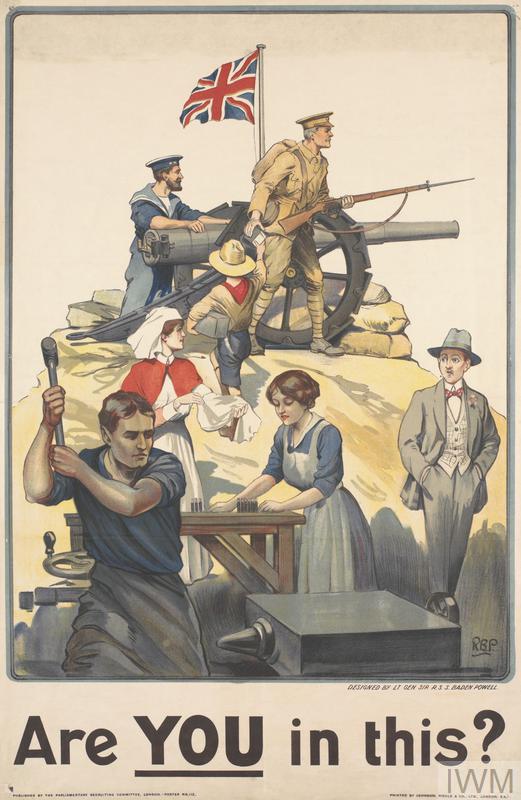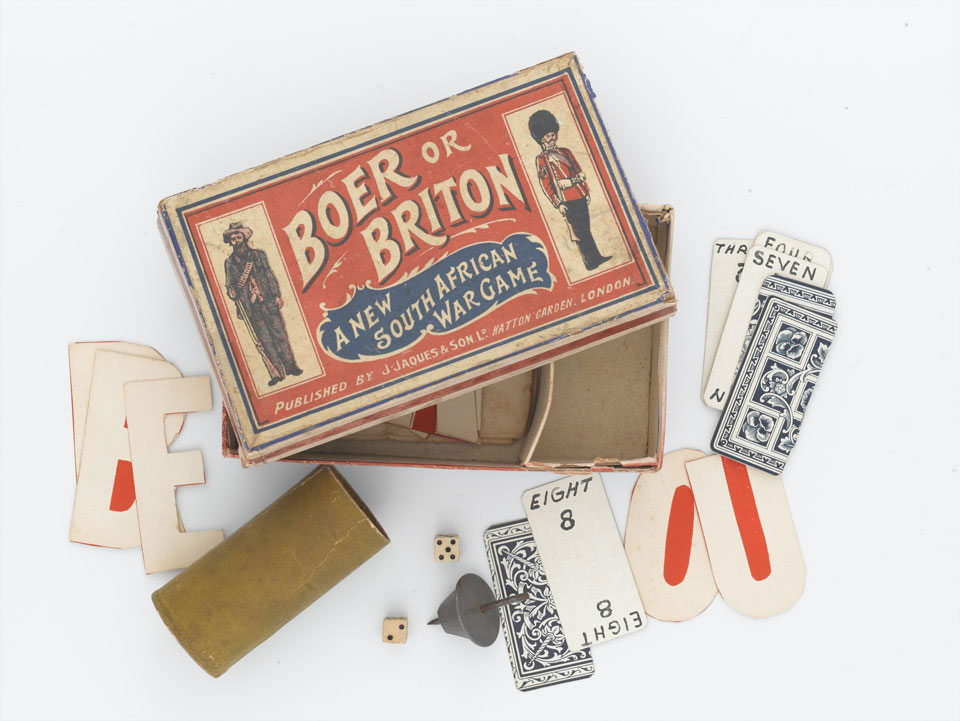Are YOU in this ? Part 1: An Introduction

Introduction
In 1914, on the eve of the war, the population of the United Kingdom was approximately forty-five million with just under fifty percent aged twenty-five and under.1 This series of articles is going to investigate what it would have been like to be aged twenty-five when the war broke out, by taking a deep dive into the world and society they had grown up in. This cohort, born between 5 August 1888 and 4 August 1889, was approximately 1.1 million in size and included individuals such as: 'Lawrence of Arabia' T.E. Lawrence (born 16 August 1888), the actress Gladys Cooper (born 18 December 1888), the actor Charlie Chaplin (born 16 April 1889), the painter Paul Nash (born 11 May 1889) and the engineer Verena Holmes (born 23 June 1889) .2 From time-to-time, we will dip into the lives of the more famous but the aim here is to go wide, deep and detailed, to the point of questioning, for example, what would might have adorned the walls of the homes ordinary people grew up in.
The inspiration for these articles is more in the spirit of exploration than criticism, but something I did find curious when, as part of my MA, I researched how people of the United Kingdom reacted to the outbreak of the First World War, was an approach taken by certain historians and sociologists to analyse society as a 'sum-of-its-parts', by breaking it down into groups such as age, class, and gender. Each group is examined and labelled individually then rolled back up with the declaration that: 'based on examination of x groups, it can be concluded society at the times was...'
The reasons why I find this approach a bit odd are as follows: as a later article about demographics will show, such an approach could lead to spurious results due to the complexity of this society. Their society was more like a Gordian knot, one that was tied by extremes, contradictions, and chasms. Second, given these complexities, applying labels inadvertently creates, and fuels, stereotypes. For example, the assumption that all female munition workers were working class and all volunteer nurses were middle and upper-class is something which has been disproven. 3 Lastly, and to echo a point made by the historian David Sibley in The British Working Class and Enthusiasm for War, 1914-1916, 'If you break down society and examine each group individually, you obscure any shared beliefs or interests.' 4 Surely those shared beliefs, experience and interests are part of the make-up which defines a society?
In exploring our cohort, rather than approach it as 'A typical twenty-five-year-old would have...' or 'Along the Scottish Borders life in 1914 was...' I am going to take a bottom-up approach starting in 1889 and let the picture build up organically, putting the focus on the narrative, and inviting you to draw your own conclusions. Naturally, a lot of the information presented here will apply to many people who lived at the time, but the focus on a narrow age-band should give some advantages such as being able to cut through labels like class. Furthermore, this approach gives the opportunity to explore events through a very specific point of view. If we take the Boer war for example, our cohort would have been aged around eleven/twelve, so we can explore the war in terms of how it was presented to them — through toys, games, and stories in publications such as The Boys Own Paper. Finally, by taking this age approach, it provides a framework for navigating through the numerous changes in law that impacted this generation, not least of which that they were the first to grow up in a society where their rights as children were protected by the state, when Parliament passed the 1889 Prevention of Cruelty to, and Protection of, Children Act. We will explore this act and its impacts in detail later on (it played a formative part in Chaplin's life, for example), but to provide some framing around the world they entered into: the act owes much of it success to the campaigning of Benjamin Waugh who founded the London Society for the Protection of Children (later to become the national body, the NSPCC) in 1884 — this is some sixty years later than the formation of a national society for the protection of animals. 5

On writing these articles, the aim is for each to be a standalone piece along with tying back to our cohort. I envisage, for the most part, the articles will run chronologically with a few caveats; there are some topics which deserve, for both the sense of clarity and depth, to be treated thematically. For these articles to be meaningful, this has to be warts and all, and I have to be honest here — there are some subjects which I feel I don't have the experience yet, in both writing and researching, to tackle, but on the other hand, I am keen to avoid the historian's cliché of 'sticking sex and violence at the end'. Violence, and specifically their attitudes towards it, I believe is especially important to understanding this era. Finally, my access to research (AKA my bank balance) is going to dictate in part the order the articles appear, and going back to the start of this introduction, the aim here is to go wide, deep, and detailed - which is where I could do with your help.
To bring these articles alive, I am keen to identify individuals within this cohort (born between 5 August 1888 and 4 August 1889 in England, Wales, Scotland, and Ireland) and bring their stories to the forefront, and wherever possible add their own words. If you have any research, no matter how small, that you are happy to share then please do get in touch.
Image Credits
Figure 1. © Imperial War Museum, used under IWM Non-Commercial Licence.
https://www.iwm.org.uk/collections/item/object/1199
Figure 2. © National Army Museum, used under Creative Commons Attribution Non-Commercial No Derivatives Licence.
https://collection.nam.ac.uk/detail.php?acc=1975-10-127-1
-
1911 Census of England and Wales, General Report with Appendices, Table1, Table 3. ↩︎
-
Approximation based on census data along with birth time series data from the ONS and NRS. Given the war broke out on 4 August 1914, presuming an equal distribution of births each month, figure based on (Births 1888 * 0.4 +Birth 1889 * 0.8). ↩︎
-
G. Braybon,' Winners or Losers: Women's Role in the War Story', in G. Braybon (ed.) Evidence, History and the Great War: Historians and the impact of 1914-1918 (New York: Berghahn Books, 2003),p.88. ↩︎
-
D. Sibley, The British Working Class and Enthusiasm for War, 1914-1916. (London: Frank Cass, 2005), p.3. ↩︎
-
The Royal Society for the Prevention of Cruelty to Animals was founded in 1824; J. Walvin, A Childs World: A Social History of English Childhood 1800-1914 (London: Penguin Books, 1982), p.53. ↩︎
Posts in this series
- AYIT Part 4: An overview of Infant Mortality in England and Wales: 1870-1910
- AYIT Part 3: Maternal Mortality in the Late Victorian and Early Edwardian period
- AYIT Part 2: A Brief Overview of the state of Midwifery in the 1800s
- AYIT Appendix 1.1: Voluntary Maternity Hospitals 1860-1930
- Are YOU in this ? Bibliography
- Are YOU in this ? Part 1: An Introduction